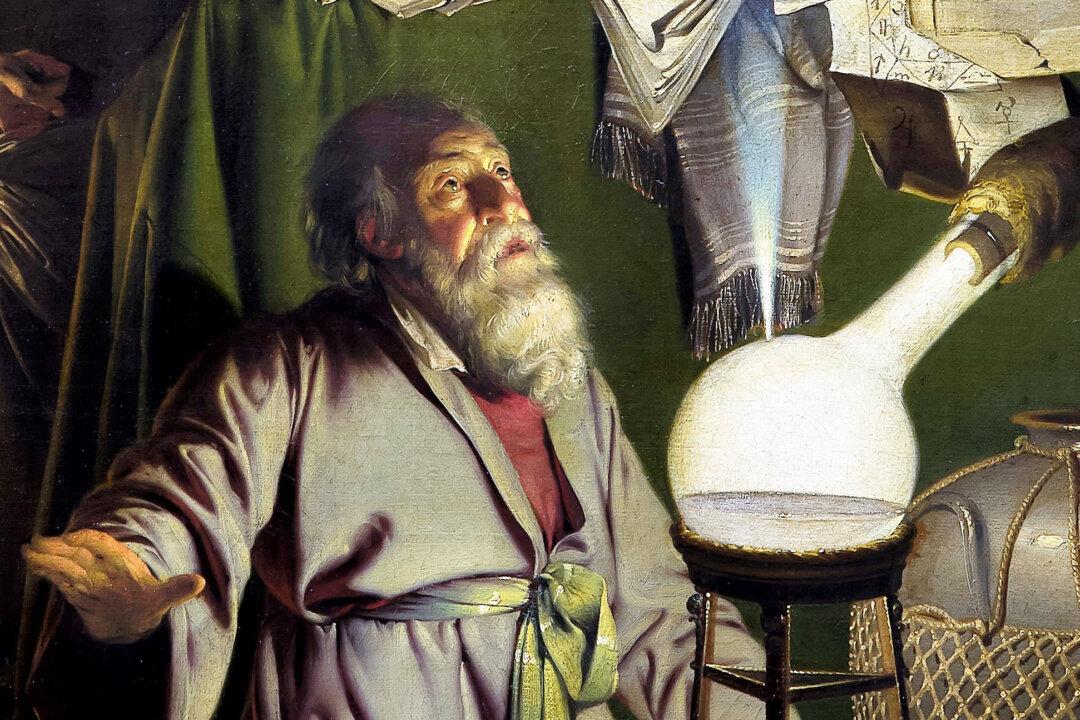Sometimes, when we find ourselves in a difficult situation, we don’t know our way out. I was talking to a friend about some of my difficulties several weeks ago. She told me to remain positive and said, “Any situation can be turned to gold.” My friend’s words rang in my head and later made me think of a painting by Joseph Wright of Derby called “The Alchemist in Search of the Philosopher’s Stone.”
The Traditional Alchemist
Before we can talk about my friend’s words and Wright’s painting, it is first necessary to provide a brief understanding of the traditional alchemist.In the West, the alchemist is often associated with a mystic-like hermit who attempted to turn base metals into gold by way of complex chemical processes.





